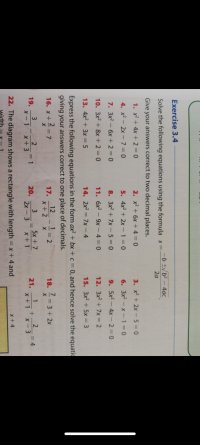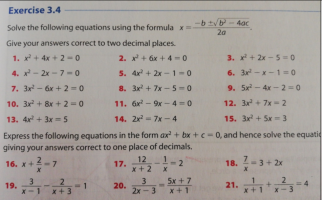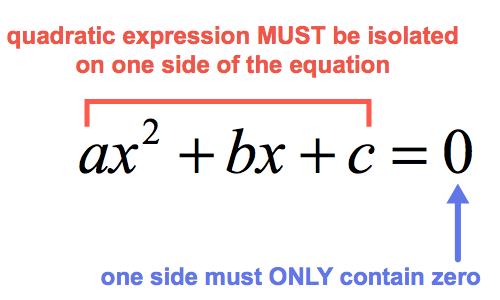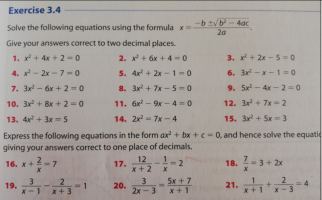jillsandwich
New member
- Joined
- Apr 24, 2024
- Messages
- 1
I'm really bad at maths and my teacher isn't answering my emails since he's absent any help would be appreciated, I'm stuck on pretty much everything to be honest but i would appreciate an explanation on the formula. Also sorry if this is formatted wrong I don't really know how to use these sites and I'm slow






